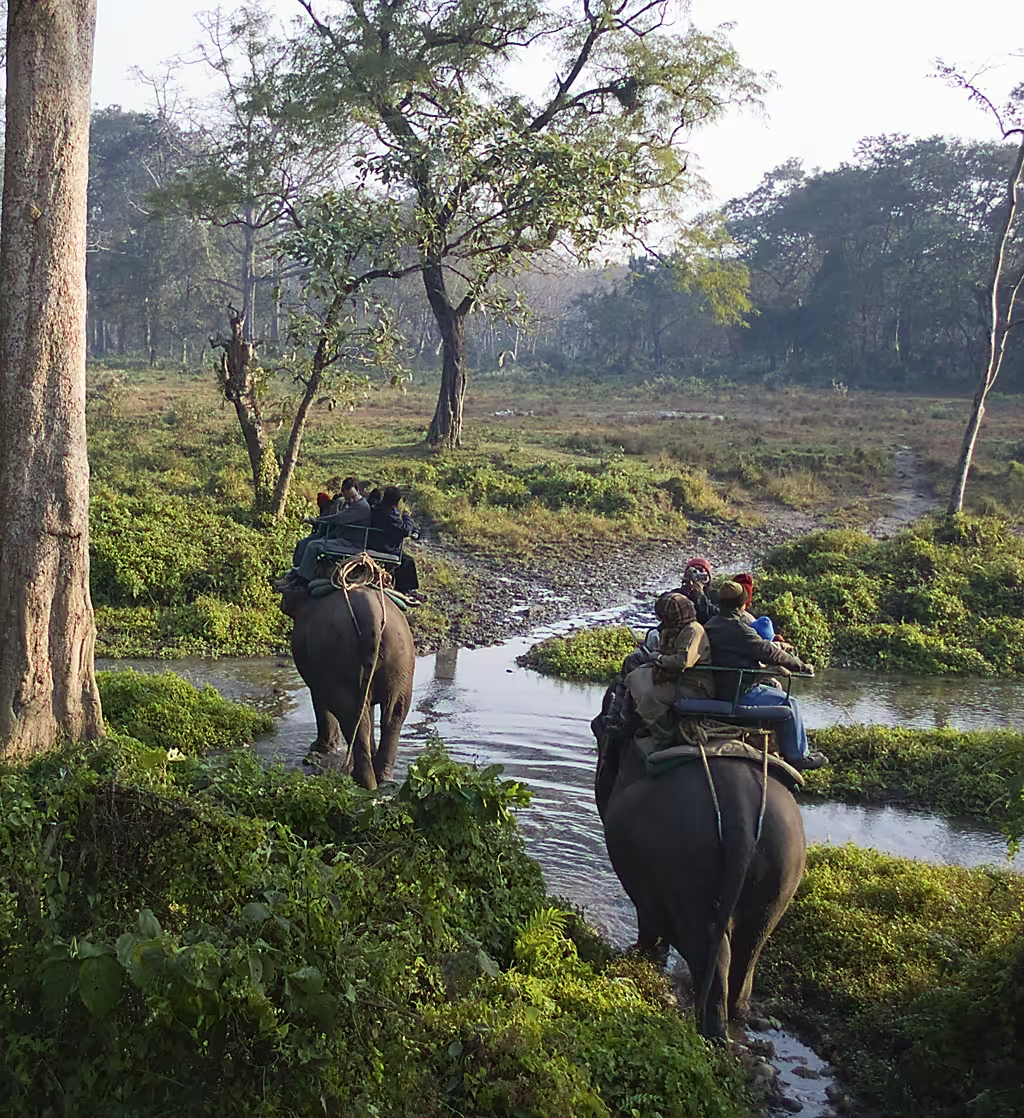Introduction
Global warming refers to the long-term heating of Earth’s climate system, primarily driven by human activities, especially the burning of fossil fuels, deforestation, and industrial processes. This phenomenon has resulted in rising temperatures, altered weather patterns, and more frequent extreme events.
Global warming is not a future threat—it’s happening right now. According to the IPCC Sixth Assessment Report, global temperatures have already risen by approximately 1.1°C since the pre-industrial era, with 2020 being one of the warmest years on record. This temperature rise is directly linked to the increasingly severe weather events witnessed worldwide, from wildfires in Australia to heat waves in Europe.
Did you know that 2020 was one of the hottest years on record, and we are on track to see even higher temperatures in the coming decades? Extreme weather events like floods, droughts, and wildfires are no longer rare anomalies—they’re becoming the norm.
Human Activities as Primary Drivers of Global Warming
Burning of Fossil Fuels
The burning of coal, oil, and natural gas for electricity generation, transportation, and industrial processes is the largest contributor to global warming. When these fuels are burned, they release significant amounts of carbon dioxide (CO₂) into the atmosphere, a greenhouse gas that traps heat and accelerates climate change. For instance, car emissions are a major source of CO₂, as are coal-fired power plants, which burn coal to produce electricity.
Electricity and heat production alone account for over 25% of global CO₂ emissions. This makes the energy sector a critical area for reducing emissions.

Page URL: https://commons.wikimedia.org/wiki/
Attribution: McKinsey, CC BY-SA 4.0 https://creativecommons.org/licenses/by-sa/4.0, via Wikimedia Commons
Deforestation
Trees play a crucial role in absorbing CO₂, which helps mitigate global warming. However, when forests are cut down for agriculture, logging, and urban expansion, not only is this natural carbon sink lost, but the carbon stored in the trees is released back into the atmosphere. Deforestation is particularly severe in areas like the Amazon Rainforest and the Congo Basin, where vast expanses of forest are being destroyed to make way for agriculture (such as soybean farming or cattle ranching) and urban development.
Industrial Processes
“Industrial emissions” refer to the greenhouse gases released during manufacturing processes, such as cement production, chemical manufacturing, and the production of steel. These processes often require high amounts of energy, contributing to both direct emissions from chemical reactions and indirect emissions from energy consumption. For example, cement production is a significant source of CO₂, as it releases carbon during the transformation of limestone into cement.
Agriculture and Livestock
Agriculture is a major contributor to global warming, particularly due to methane and nitrous oxide release. Methane is emitted by livestock such as cows, which digest food through a process called enteric fermentation, and from rice paddies where the waterlogged conditions encourage the production of methane. Nitrous oxide is released from the use of fertilizers. Moreover, the growing global demand for meat and dairy products leads to an increase in livestock farming, further exacerbating emissions. In contrast, plant-based food production typically results in lower emissions, making the case for a shift towards more sustainable dietary choices.
Secondary Contributors to Global Warming
Waste and Landfills
When organic waste such as food scraps, yard waste, and paper decomposes in landfills, it produces methane, a potent greenhouse gas that is 28 times more effective at trapping heat in the atmosphere than CO₂ over 100 years. The lack of waste management infrastructure in many regions, especially in low-income countries, means that a lot of this waste is left to decompose in open dumpsites, further exacerbating methane emissions. Additionally, plastic production and incineration contribute to emissions, with the energy required for plastic manufacturing and the release of CO₂ during incineration adding to the carbon footprint of waste.
Consumerism and Overconsumption
The modern consumer economy, driven by mass production, fast fashion, and electronics, has a large carbon footprint. The continuous demand for new products leads to higher levels of emissions throughout production processes, from raw material extraction to transportation and waste disposal. For example, the fast fashion industry not only contributes to textile waste but also consumes enormous amounts of water and energy. The electronic goods market similarly contributes to emissions during both production and disposal. Reducing overconsumption and embracing sustainable consumption practices, such as recycling and buying durable goods, can help lower these emissions.
Urbanization
Urbanization is rapidly changing the global landscape, and as cities grow, they increasingly contribute to global warming. One of the effects of urbanization is the urban heat island effect, where cities trap heat due to the extensive use of concrete, asphalt, and other materials that absorb and re-radiate heat. This phenomenon leads to higher temperatures in cities compared to surrounding rural areas. Additionally, as urban populations grow, electricity use, particularly for air conditioning, increases, further driving up emissions. One example of a rapidly growing city is Dubai, where urban expansion has led to greater energy consumption, while the construction of skyscrapers and sprawling infrastructure contributes to the city’s heat retention.
Natural Factors and Their Role in Climate Change
While natural factors such as volcanic activity, solar fluctuations, and El Niño events can influence the Earth’s climate, their effects are generally short-term or minor when compared to the long-term, more sustained impact of human activities. Volcanic eruptions, for instance, can cool the Earth temporarily by releasing sulfur dioxide, which reflects sunlight. Similarly, changes in solar activity (like sunspots) can slightly influence climate patterns, though these fluctuations are relatively small. El Niño, a natural climatic event, can cause temporary shifts in weather patterns, including warmer global temperatures.
However, climate science consensus is clear: these natural factors are not the primary drivers of the ongoing global warming. According to the IPCC, there is more than a 95% likelihood that human activities, such as the burning of fossil fuels, deforestation, and industrial processes, are the dominant cause of the observed rise in global temperatures.
Conclusion
The primary drivers of global warming—burning fossil fuels, deforestation, industrial emissions, and agriculture—are overwhelmingly caused by human activities. These actions release vast amounts of greenhouse gases like CO₂ and methane, trapping heat and altering the planet’s climate. While natural factors play a role, their influence is far outweighed by the impact of human-induced changes. The urgency to address global warming has never been clearer: the longer we delay, the more severe and irreversible the effects will be.
Now is the time for action. Individuals can reduce their carbon footprint by choosing sustainable energy sources, consuming less, and supporting eco-friendly practices. Communities can adopt local climate action plans, and governments must commit to stronger policies, reduce emissions, and invest in green technologies.
What role will you play in shaping the planet’s future?
Share the knowledge with

